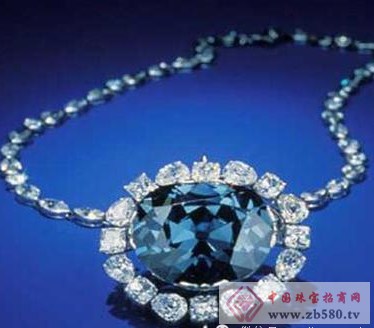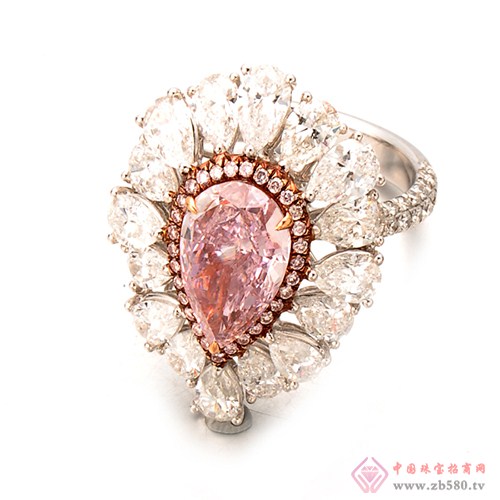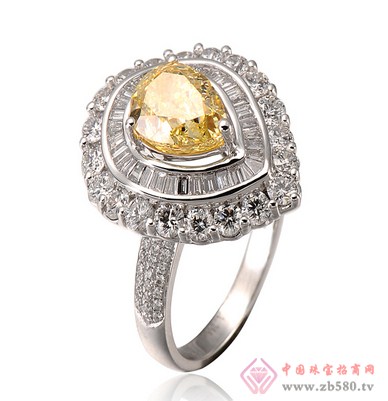
When your consumption trend shifts from gold to jewelry, such as diamonds, your risk of consumption or investment will increase. The professional advantage of the seller will almost make you unable to resist, so it is very important to know some common knowledge about buying diamonds. Necessary.

First, "How much is a carat of diamonds?"
There are many diamond grades. Only the “cleanliness†item has been strictly divided into five categories, a total of 11 grades. The diamonds of the same weight and different grades have huge price gaps.
For example, the price of a one-carat HVVS1 diamond is about 120,000 yuan, the price of a diamond in the JVS1 class is about 60,000 yuan, and the diamond in the KSI2 class is worth 40,000 yuan.
The diamond crystallizes in the magma of the Earth's deep earth. The environment is complex, the composition is diverse, and the temperature and pressure are extremely high. After hundreds of millions of years of geological changes, the interior of the earth is inevitably containing the color, number, size and position of the various debris. Degrees constitute different degrees of influence.
The first thing you should pay attention to when buying a diamond is the “cleanlinessâ€. The cleaner the diamond, the higher the price and the higher the price. The current international standards are set by the GIA Academy of the United States. The level of "cleanliness" is from high to low:
FL: There is no flaw in it. The inside and outside of the diamond are clean and flawless. This level of diamond has the greatest potential for appreciation.
IF: There is no flaw inside, and the appearance of the diamond may be a little bit flawed.
(The above two levels are high-grade diamonds)
VVS1 and VVS2: There are small flaws, but it is very difficult to find.
VS1 and VS2: There are small flaws that can be found through a magnifying glass.
(The above grades of diamonds are mid-range)
SI1 and SI2: There are small flaws that can be seen by the naked eye.
I1, I2, and I3: There are flaws, and even more obvious black spots. (The above grades of diamonds are cheaper)
Second, "Give me the most beautiful diamond in color"
Diamonds come in a variety of natural colors, from precious colorless (white after cutting) to rare light blue, pink to yellowish. The more transparent and colorless, the more white light can penetrate, and the refraction and dispersion are more colorful.
The diamond color grading is determined in a professional laboratory grading environment where the technicians repeatedly compare the diamond to be graded with the standard color color stone.
The whiter the diamond, the more expensive the price, but the white words are too many, so GIA has developed the standard of the diamond color grade. The whitest diamond is set to D (ie starting from Diamond's first letter). In the end, there are still 11 levels: D, E, F: very white, belonging to high-end products. G, H, I, J: Very white, but a certain angle or back is slightly yellow, belonging to medium and high-grade diamonds.
K, L, M, N: The overall yellow color.
In addition, the diamond itself does not emit light, and its brilliance is attributed to its unique high refractive index and high dispersion properties. Therefore, the uncut diamonds are only plain, and only through accurate calculation, careful design and perfect cutting and polishing, the light can be fully reflected to the top surface to make the diamond shine.
Third, "Do you have 4C diamonds here?"
4C refers to the four criteria for assessing the value of a diamond, the first capital abbreviation for four English words, which are:
1. Carat
The weight of the diamond is "carat", 1 carat = 200 mg (1 carat equals 0.2 g). Each carat is divided into 100 points. For example, a 50-point diamond weighs 0.5 carats. Two diamonds of the same color, clarity and cut grade, the higher the carat number, the higher the value.
2, cut (Cut)
The cut of a diamond refers to the proportion and angle of the cut diamond face, which is directly influenced by human factors in measuring the quality factor of the diamond. The cut of a diamond does not refer to the shape of the diamond, but to the location of the cutting process.
A good cut allows the diamond to refract all the light, and a well-cut cut is enough to add to the diamond's fire. For diamonds that are too shallow, light will leak from the bottom; for diamonds that are too deep, light will leak from the underside of the drill waist; and with perfect diamonds, more light and light will emanate from the countertop.
3, clarity (Clarlty)
The clarity of a diamond is the amount of diamond content. Most diamonds contain very small, uncrystallized fine carbonaceous materials. The smaller the number of inclusions, the smaller the volume, the better the quality, the rarer it is, and the more expensive it is.
4, color (Color)
Diamonds range in color from completely colorless to yellow and brown, but completely colorless diamonds are rare. Although most diamonds look white, they can be further divided into colors.

Bat Sleeve Cardigan,Faux Fur Outwear,Tassel Patterned Cardigan,Middle Sleeve Outwear
SHAOXING CHENYEE TEXTILE CO. LTD , https://www.fabriccy.com